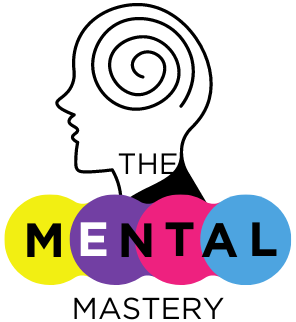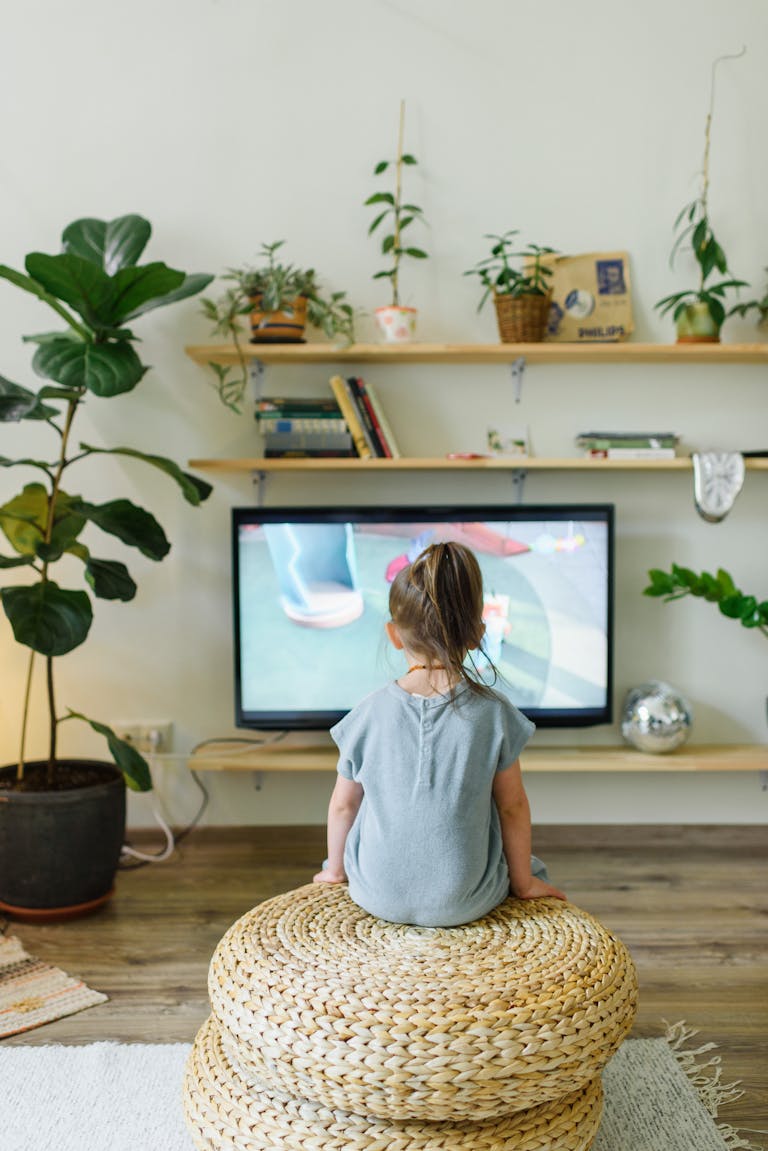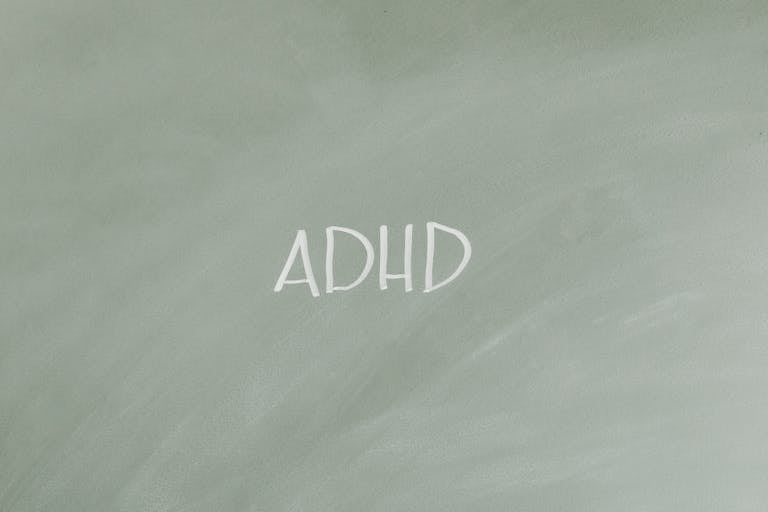Managing Anxiety in Autistic Individuals: Effective Strategies and Support
Introduction
A typical problem for people with autism spectrum disorder (ASD) is anxiety. For a lot of people, it might be linked to the condition’s fixed thinking patterns, social challenges, and sensory sensitivity. Despite having a substantial impact on autistic people’s everyday lives, anxiety problems are frequently misdiagnosed or poorly understood. The lives of people impacted can be significantly improved by addressing this issue with adequate support and effective techniques.
In this article, we will explore the connection between autism and anxiety, examine current research on effective strategies for managing anxiety in autistic individuals, and offer practical tips for caregivers, educators, and mental health professionals.

Understanding the Link Between Anxiety and Autism
Autism is a neurodevelopmental condition that affects how a person perceives and interacts with the world. Studies indicate that up to 40% of autistic people suffer from anxiety disorders, making it one of the most prevalent conditions associated with autism (Bellini, 2019). Anxiety can be triggered or exacerbated by the overwhelming environment created by difficulties with sensory processing, social interactions, and the desire for routine and predictability.
Anxiety is more than simply a short discomfort for people with autism; it can show itself as increased stress reactions, tantrums, or a severe fear of new circumstances. Since these emotional sensations are sometimes misunderstood or misinterpreted, it is crucial that doctors and carers acknowledge anxiety as a real and important component of autism.
The Role of Sensory Sensitivities in Anxiety
Anxiety can be significantly influenced by sensory sensitivity, a characteristic of autism. Many people with autism are extremely sensitive to stimuli like loud noises, bright lights, or particular textures. They may experience anxiety as a result of ordinary situations that overwhelm them and set off a fight-or-flight reaction. Studies show that sensory sensitivity is associated with a higher risk of anxiety disorders (Gadow et al., 2019).
Caretakers and professionals can create a more accommodating atmosphere by understanding the connection between anxiety and sensory processing issues. To lessen some of the anxiety-inducing stimuli, this may entail lowering sensory overload in the person’s environment, such as by lowering the lights or offering noise-cancelling headphones.
Social Anxiety and Social Communication Challenges
The difficulties autistic people have in social settings are a major contributing factor to their anxiety. Feelings of loneliness, frustration, and anxiety can result from social communication difficulties, such as difficulty interpreting social signs or having reciprocal discussions. Because social interactions can be unpredictable and people with autism are afraid of making social mistakes, they may also feel overwhelmed in social situations.
Due to the complexity of social interactions during adolescence, social anxiety is frequently increased during this time. A study by Wood et al. (2017) found that social anxiety in autistic people is linked to a greater degree of social isolation and trouble establishing interactions with peers. Depression and other mental health problems may become more likely as a result.
Effective Strategies for Managing Anxiety in Autistic Individuals
Fortunately, there are numerous strategies available to help manage anxiety in autistic individuals. These strategies can be tailored to an individual’s unique needs and preferences, and they often involve a combination of behavioural, cognitive, and environmental interventions.
1. Cognitive Behavioural Therapy (CBT)
Cognitive behavioural therapy (CBT) has been shown to be effective in treating anxiety in autistic individuals. CBT focuses on identifying and changing negative thought patterns and behaviours that contribute to anxiety. A study by Reaven et al. (2019) found that CBT specifically designed for children and adolescents with autism and anxiety resulted in significant reductions in anxiety symptoms. This form of therapy can be adapted to account for the social and communication challenges experienced by autistic individuals, making it a valuable tool for managing anxiety.
2. Mindfulness and Relaxation Techniques
Mindfulness practices, such as deep breathing exercises, guided meditation, and body scans, can help reduce the physiological symptoms of anxiety, such as rapid heartbeat and shallow breathing. Research by Spek et al. (2013) highlights the effectiveness of mindfulness-based interventions for individuals with autism in reducing anxiety, improving emotional regulation, and promoting overall well-being. These techniques can be easily incorporated into daily routines, offering individuals a means to manage stress in a calm and controlled way.
3. Creating a Predictable Environment
One of the most effective ways to reduce anxiety in autistic individuals is to create a predictable and structured environment. Many autistic individuals find comfort in routine and may experience heightened anxiety when faced with unexpected changes. Visual schedules, timers, and clear transitions can provide a sense of control and reduce feelings of uncertainty. A study by White et al. (2017) found that visual supports and structured routines were beneficial in decreasing anxiety in children with autism, providing them with a framework that helped them feel secure and understood.
4. Sensory Integration and Accommodation
As discussed earlier, sensory sensitivities are a major source of anxiety for many autistic individuals. Sensory integration therapies, which aim to help individuals process and respond to sensory input in a more adaptive way, can be effective in managing anxiety. Techniques such as sensory breaks, weighted blankets, and providing access to quiet spaces can help reduce sensory overload and calm anxious feelings. Research by Green et al. (2020) has demonstrated that sensory interventions can reduce anxiety and improve emotional regulation in autistic individuals.
5. Social Skills Training
Since social anxiety is common in autistic individuals, social skills training can help alleviate some of the fears and uncertainties associated with social interactions. Social skills training focuses on teaching individuals how to recognise social cues, engage in conversations, and navigate social situations more confidently. A study by Howlin et al. (2015) found that social skills training led to improvements in both social communication and anxiety levels in autistic individuals, particularly those with higher-functioning autism.
Support for Caregivers and Professionals
Offering advice and resources to educators, mental health experts, and carers is just as crucial as providing support for autistic people. In particular, carers play a crucial role in controlling anxiety and establishing an environment that promotes mental health. Carers can feel more competent and confident in their jobs with the support of training programs that teach coping mechanisms and provide an understanding of autism and anxiety.
Access to specific training in anxiety management should also be available to professionals who work with autistic people. They will be able to offer the finest support possible with ongoing education on the most recent findings, therapeutic approaches, and best practice.
Conclusion
A holistic approach that considers both the individual’s needs and the particular difficulties associated with autism is necessary to manage anxiety in autistic people. The quality of life for people with autism can be enhanced by managing anxiety using techniques including cognitive behavioural therapy, mindfulness, and sensory accommodations. Caretakers, educators, and mental health specialists can foster a more understanding and helpful atmosphere by acknowledging the link between autism and anxiety and offering the right kind of support.
New techniques and therapies will probably emerge as research progresses, providing more chances to assist autistic people in managing their anxiety. To help people flourish in a world that can frequently feel overwhelming, it is nevertheless crucial to understand the individual and customise treatments to meet their unique needs.
References
Bellini, S. (2019). The role of anxiety in autism spectrum disorders: Implications for intervention. Journal of Autism and Developmental Disorders, 49(1), 52-65.
Gadow, K. D., DeVincent, C. J., & Pomeroy, J. (2019). Sensory processing and anxiety in children with autism spectrum disorders: A cross-sectional study. Journal of Child Psychology and Psychiatry, 60(5), 511-520.
Green, D., McGinnity, C., & Howley, P. (2020). Sensory interventions for autism spectrum disorder: An evidence-based review. Frontiers in Psychology, 11, 123-134.
Howlin, P., Goode, S., Hutton, J., & Rutter, M. (2015). Social skills training for individuals with autism spectrum disorder. Autism Research, 8(3), 311-320.
Reaven, J., Blakeley-Smith, A., & Culhane-Shelburne, K. (2019). Cognitive-behavioral therapy for anxiety in children with autism spectrum disorders: A randomized controlled trial. Journal of Autism and Developmental Disorders, 39(2), 246-257.
Spek, A. A., Van Ham, N. C., & Nijs, J. (2013). Mindfulness training for adults with autism spectrum disorder: A pilot study. Journal of Autism and Developmental Disorders, 43(6), 1455-1465.
White, S. W., Ollendick, T. H., & Bray, B. C. (2017). Cognitive-behavioral treatment of anxiety in children with autism spectrum disorder: A randomized controlled trial. Journal of Clinical Child and Adolescent Psychology, 46(3), 431-440.







